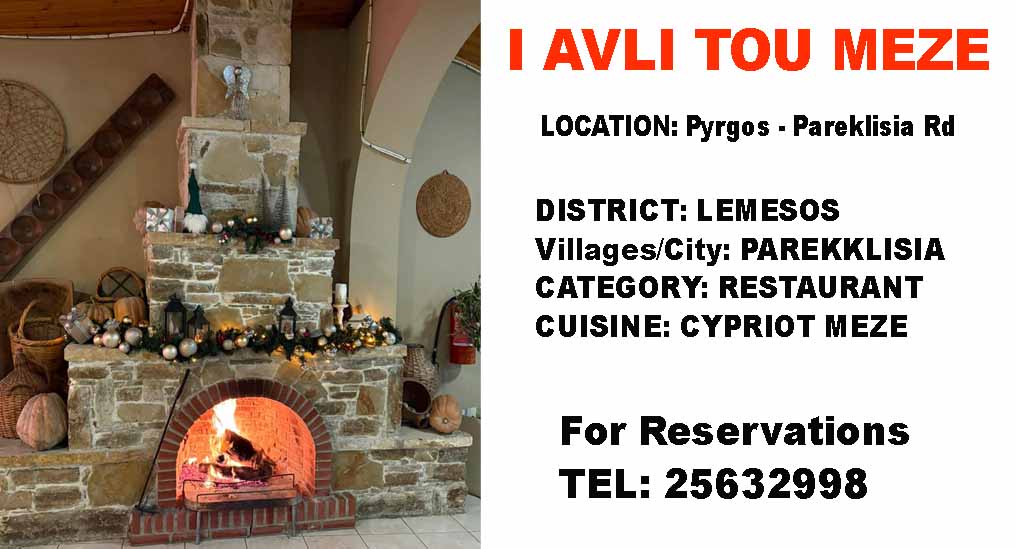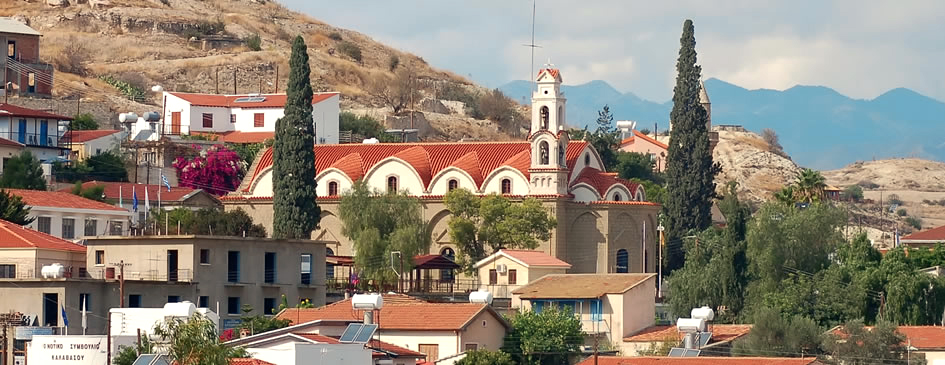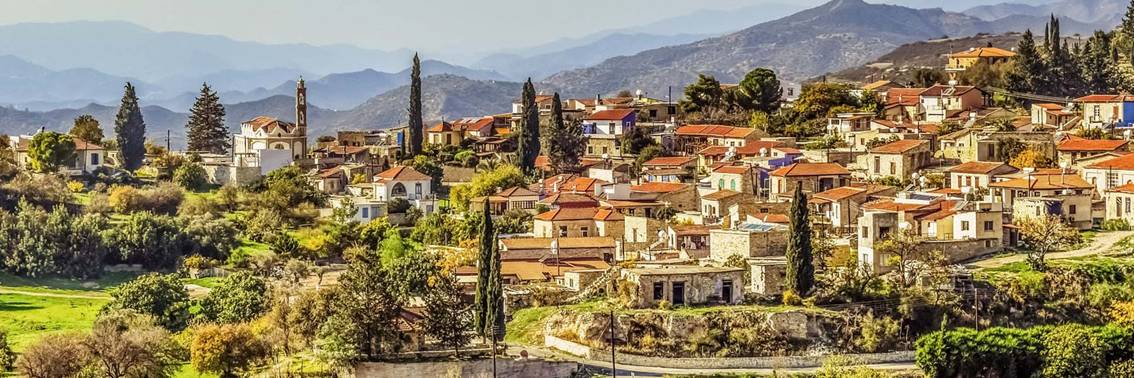Kalavasos Village
The history of Kalavasos village: Kalavasos is a village in the Larnaca District of Cyprus, nestled in the foothills of the Troodos Mountains. Located midway between Larnaca and Limassol, it has a rich history spanning thousands of years. Kalavasos offers a fascinating glimpse into the layers of civilization that have shaped Cyprus.
The History of Kalavasos Village: Ancient Origins
The area around Kalavasos has been inhabited since prehistoric times. The ancient settlement of Tenta, located near the village, dates back to the Neolithic period (around 7,000 BC). Tenta is one of the oldest known human settlements in Cyprus. The site features a well-preserved circular structure and mudbrick buildings. Its location near the Vasilikos River, a key water source, likely supported its early development.
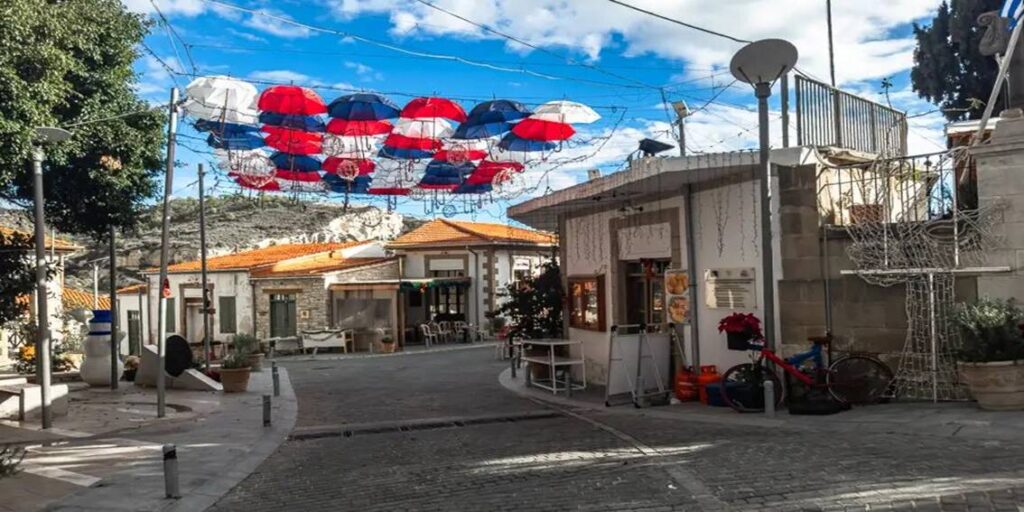
The Bronze Age and Copper Mining
Kalavasos gained significance during the Bronze Age (2500-1050 BC) due to its copper resources. Cyprus was famous for its copper, and Kalavasos had rich deposits. The exploitation of these resources led to the growth of local settlements. Archaeological finds include ancient mining tools, slag heaps, and evidence of smelting activities.
The most important site from this period is Kalavasos-Ayios Dhimitrios, a Late Bronze Age urban settlement. This site reveals a well-organized town with complex architecture, including public buildings, storage facilities, and workshops. Large quantities of pottery and tools suggest Kalavasos was a key centre for trade and production.
Hellenistic and Roman Periods
During the Hellenistic period (323-31 BC) and Roman rule (31 BC-330 AD), Kalavasos thrived, though its role as a mining centre declined. The village became more agriculturally focused. Fertile lands were used to grow olives, grapes, and cereals. Remnants of a Roman villa near the village indicate the presence of wealthy landowners and the area’s economic importance.
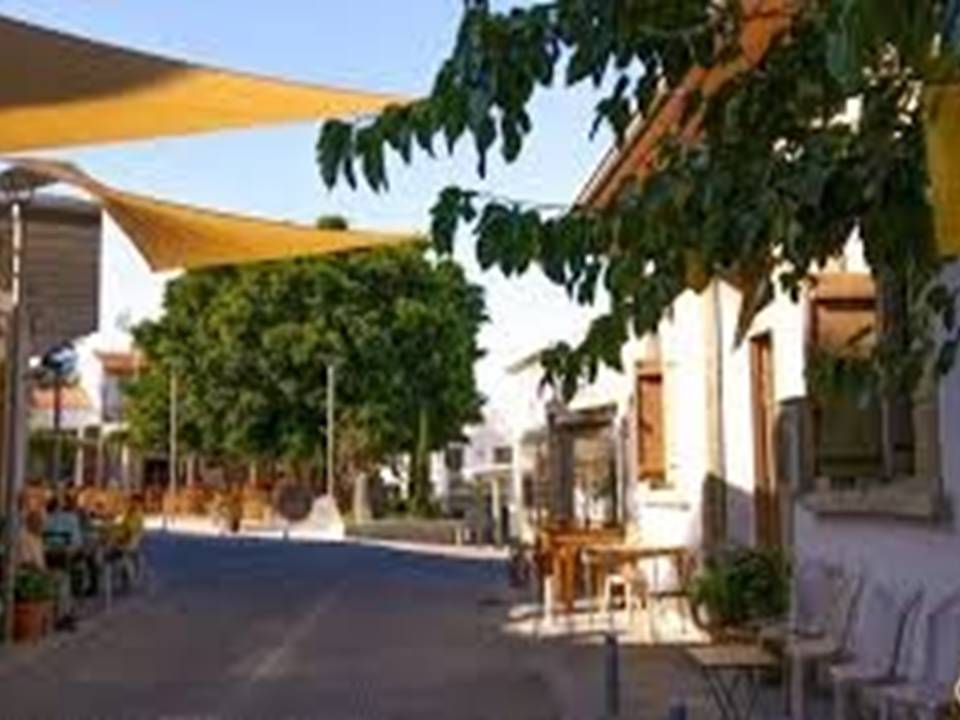
Byzantine and Medieval Periods
The Byzantine era (330-1191 AD) saw the construction of several churches in Kalavasos. The Church of Panagia Theotokos is one example. These churches feature distinctive architecture and iconography, reflecting the religious and cultural influences of the time.
After the Byzantine period, Cyprus came under the control of the Lusignans, Venetians, and Ottomans. Each period left its mark on Kalavasos, particularly in architecture and land use. The village’s narrow, winding streets and traditional stone houses reflect its medieval character.
Modern History and Development
Kalavasos remained a small agricultural village during the Ottoman period (1571-1878) and the British colonial era (1878-1960). In the 1930s, the British built a dam on the Vasilikos River, creating the Kalavasos Reservoir. This improved irrigation and agricultural productivity, reinforcing the village’s role as an agricultural centre.
In recent decades, Kalavasos has seen a revival. Its proximity to major cities and historical significance attract visitors. The village has embraced tourism, showcasing its archaeological sites, traditional architecture, and natural beauty.
Conclusion
Kalavasos is a testament to Cyprus’s rich and varied history. From its Neolithic origins to its role in the copper trade, and through Hellenistic, Roman, Byzantine, and medieval influences, the village has retained its historical charm while adapting to modern times. Kalavasos remains a vital link to the past, offering a unique window into Cyprus’s history.
TELL THEM HOW YOU FOUND THEM. They like it.
